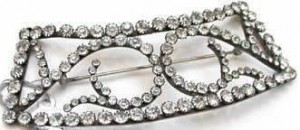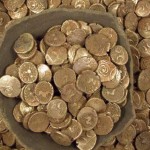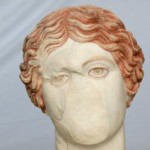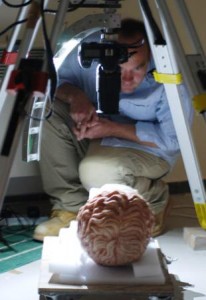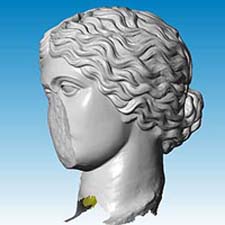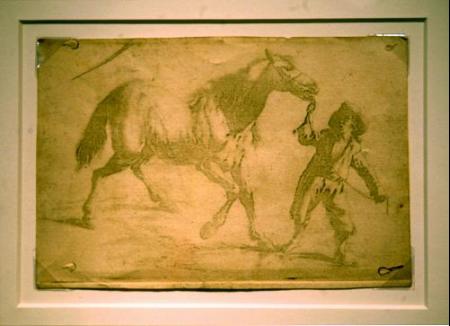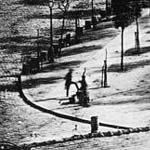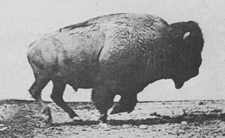Let’s set aside for the sake of our sanity the endless recurring one-liner cliches about Martin Luther King, Jr., slavery and historical portent, and instead look at the nifty details about the inauguration of President Obama.
 First of all, the whole inauguration had a Lincoln theme. A phrase from his Gettysburg address was the theme for the inauguration (“A New Birth of Freedom”), Obama took the oath of office on the same Bible Lincoln used for his first inaugural, even the luncheon menu was inspired by Lincoln’s alleged love of game birds, oysters and apples.
First of all, the whole inauguration had a Lincoln theme. A phrase from his Gettysburg address was the theme for the inauguration (“A New Birth of Freedom”), Obama took the oath of office on the same Bible Lincoln used for his first inaugural, even the luncheon menu was inspired by Lincoln’s alleged love of game birds, oysters and apples.
According to Carl Sandburg’s biography, however, Lincoln hated killing animals even for eating, so I’m not sure how accurately the pheasant and duck course matches his preference.
 Vice President Biden took the oath of office on a fabulously huge Bible which has been in his family since 1893.
Vice President Biden took the oath of office on a fabulously huge Bible which has been in his family since 1893.
Many presidents have sworn on their family Bible. Nixon swore on two family Bibles, both of them open to Isaiah 2:4, the swords into plowshares bit. Then he bombed Laos and Cambodia. Go figure, right?
 Another tidbit I enjoyed was the flags hanging from the Capitol building. There are 5 of them. The 2 on the outside are the classic “Betsy Ross” flag, 13 stars in a circle representing the original colonies. The middle one is the current US flag. The two on either side of that with 21 stars are the flag after Illinois joined the Union in 1818.
Another tidbit I enjoyed was the flags hanging from the Capitol building. There are 5 of them. The 2 on the outside are the classic “Betsy Ross” flag, 13 stars in a circle representing the original colonies. The middle one is the current US flag. The two on either side of that with 21 stars are the flag after Illinois joined the Union in 1818.
Barack Obama represented Illinois in Congress, of course, as did Abraham Lincoln.
One final tidbit. The outfit Michelle Obama wore to the inaugural ceremony featured a sparkling brooch-looking item keeping her cardigan together at the collar. Brooches are a signature accessory for her, so I figured it was a contemporary piece in her collection.
It turns out to be a vintage Victorian paste sash pin from the Carole Tanenbaum Vintage Collection.
“It is a type of sash pin that would have been worn on the waist in the Victorian era,” says Tanenbaum, who is originally from the U.S. “This particular one was probably done as a multipurpose piece that may have been worn at the neck, or in the hair, because it is curved to mold to whatever body part it’s on. The Victorians were very creative that way.
“It’s the only piece I’ve ever had like it,” she adds. “They weren’t made in production and they are so fragile, not many survived.”
